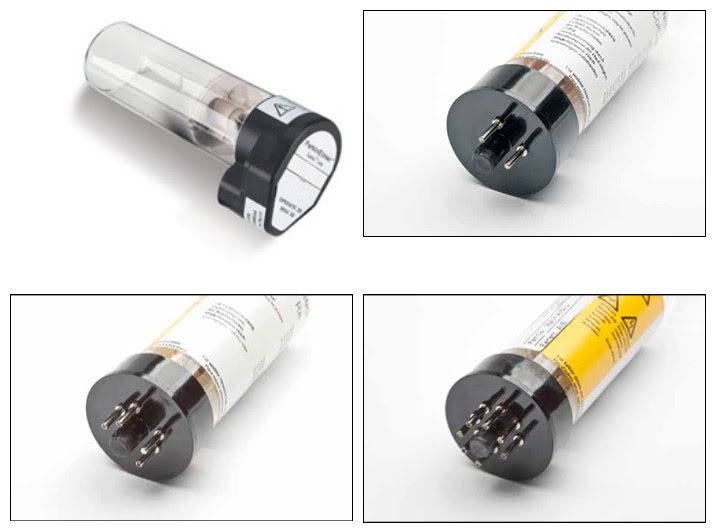AA hollow cathode lamps

REFLEX Analytical’s selection of hollow cathode lamps for atomic absorption (AA) spectroscopy complements its available series of tungsten, deuterium, xenon, photoionization detector (PID), mercury, and mercury-xenon ultraviolet detector lamps. According to the company, a selection of more than 1000 lamps for AA and other instrumentation is available.
REFLEX Analytical Corp.
Ridgewood, NJ
Smart Optical Sensors for Thermal Management in Electric Vehicles
April 8th 2025A recent review in Energies explores the latest advancements in sensor applications for electric vehicle (EV) thermal management systems. The study, authored by Anyu Cheng, Yi Xin, Hang Wu, Lixin Yang, and Banghuai Deng from Chongqing University of Posts and Telecommunications, along with industry partners, examines how advanced optical sensors improve the efficiency, safety, and longevity of EVs.
Fiber Optics and Neural Networks Transform Vehicle Sensing and Road Safety
April 7th 2025A cutting-edge fiber optic sensing system, developed by researchers at Tongji University, leverages neural networks to classify vehicles with unprecedented accuracy. The system’s innovative design uses spectroscopic and optical sensor technologies to provide critical data for road maintenance and traffic management.
New Spectroscopy Method Shows Promise for Detecting Olive Oil Fraud
November 12th 2024Researchers from the University of Cordoba have validated a novel spectroscopy technique to help distinguish between extra virgin and virgin olive oils. This approach could support existing panel-based tests, which are often slow, costly, and subjective, by providing a faster, non-destructive screening option.